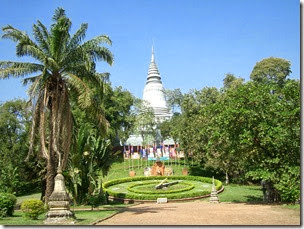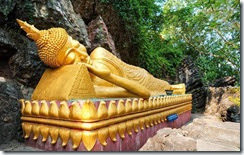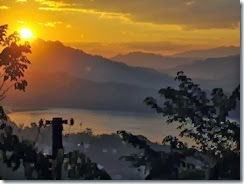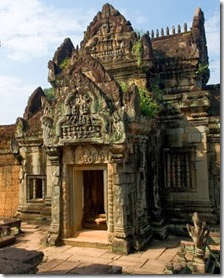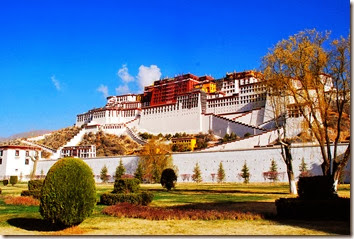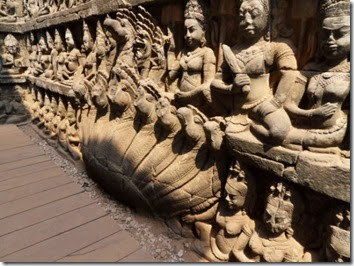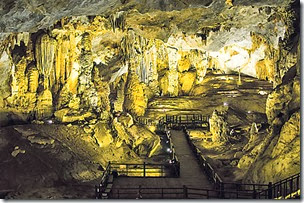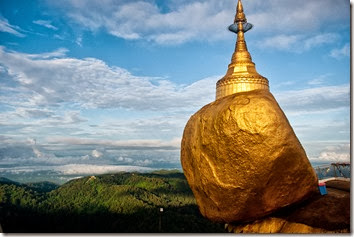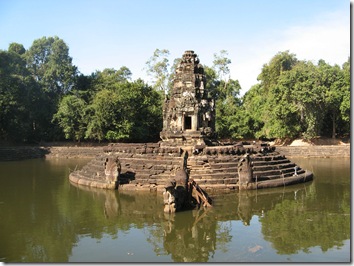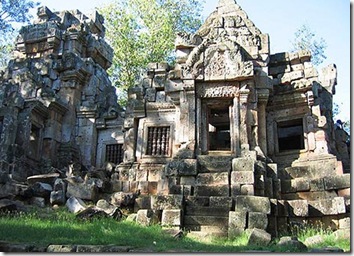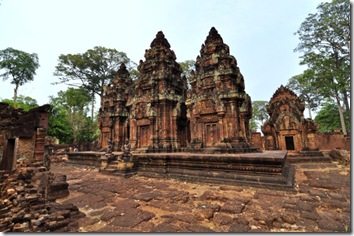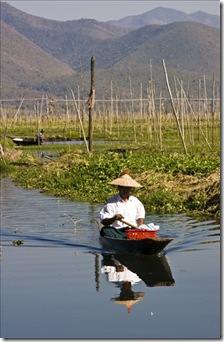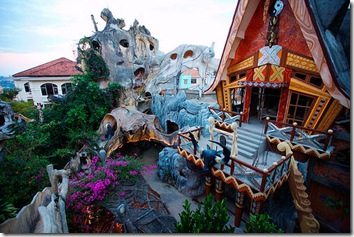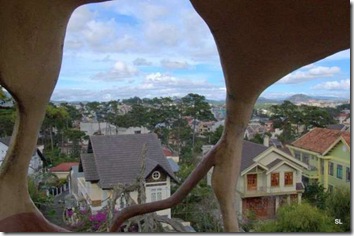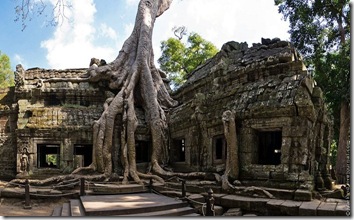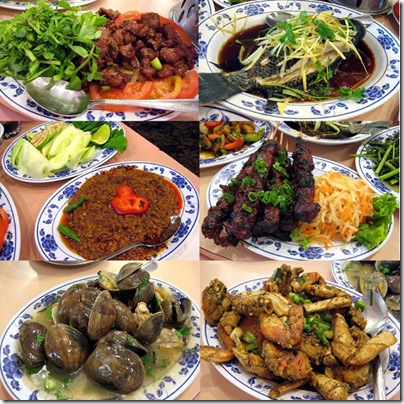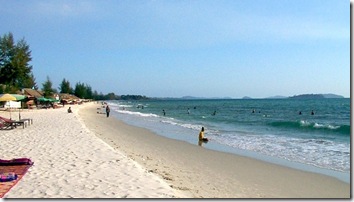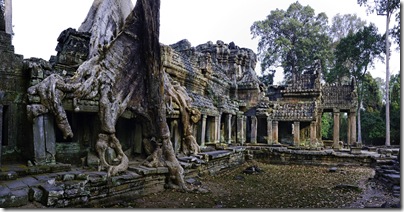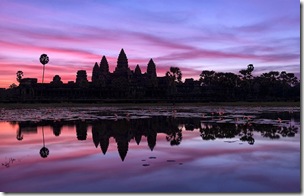The Sule Pagoda is located in the Downtown Area at the heart of Yangon (Rangoon), Myanmar and for centuries it has been the focus for the social and religious activities of the city.
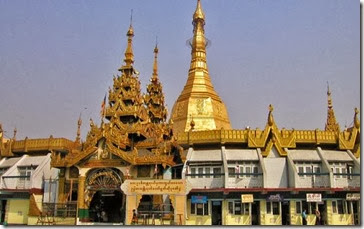
The Sule Pagoda was made the center of Yangon by Lt. Alexander Fraser of the Bengal Engineers, who created the present street layout of Yangon soon after the British occupation in the middle of the 19th century. (Lt. Fraser also lent his name to Fraser Street, now Anawrattha Street and still one of the main thoroughfares of Yangon). it is a Mon-style chedi (pagoda), octagonal in shape, with each side 24 feet long; its height is 144 feet, 9 l/2 inches. Except for the chedi itself, enlarged to its present size by Queen Shin Sawbu (1453–1472), nothing at the pagoda is more than a little over a century old. Around the chedi are ten bronze bells of various sizes and ages with inscriptions recording their donors' names and the dates of their dedication. Various explanations have been put forward for the name, of varying degrees of trustworthiness: according to legend it was called su-way, meaning "gather around", when Okkapala and the divine beings inquired about the location of Singattura Hill, and the pagoda was then built to commemorate the event; another legend connects it su-le, meaning wild brambles, with which it was supposedly overgrown, and a non-legendary suggestion links it to the Pali words cula, meaning "small" and ceti, "pagoda".Khin Maung Nyunt, from a series of articles on famous bells in Burma in the Working People's Daily: this article published 31 January 1988. Indochinatourguide.com is pleased to take you to grab a genuine Myanmar tour.
The pagoda is a good starting point for exploring the city. It is adjacent to the Mahabandoola Park housing colonial-style High Court and City Hall, and the lively Indian Town and Chinatown are also within walking distance.

